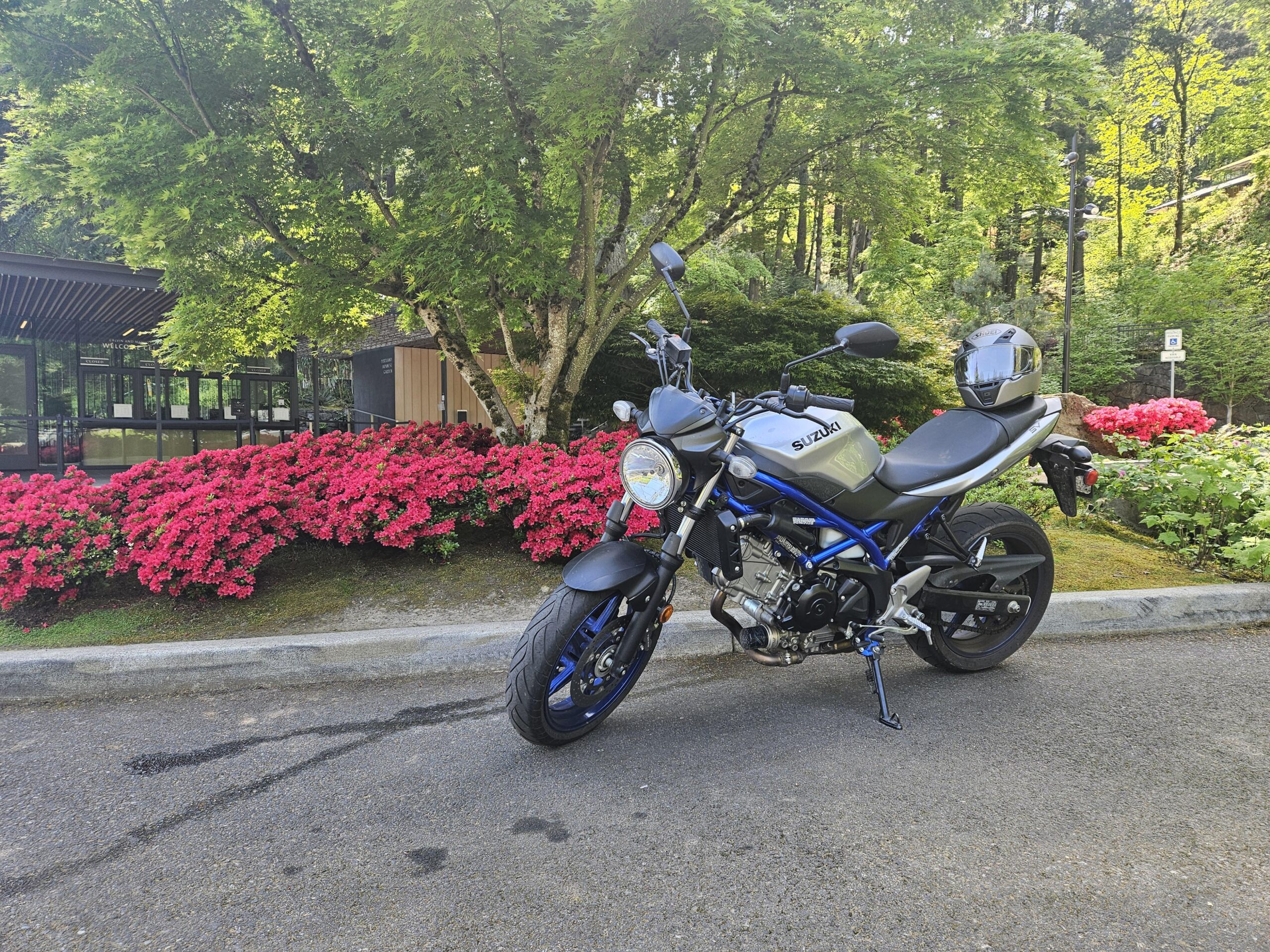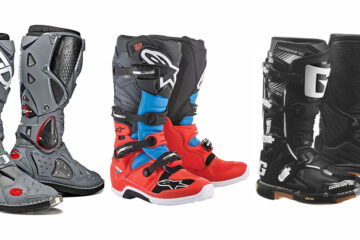Riding a motorcycle is an exhilarating experience, but it also comes with its risks. Unlike cars, motorcycles offer little protection in the event of a crash, making it crucial for riders to adopt safe practices. Whether you’re a beginner or an experienced rider, following safety guidelines will help you enjoy the ride while minimizing danger. Here are the top motorcycle safety tips to keep in mind.
1. Wear Proper Protective Gear
The most critical aspect of motorcycle safety is wearing the right gear. Protective clothing significantly reduces the risk of severe injuries in the event of an accident.
Essential Gear Includes:
- Helmet: Choose a full-face helmet that meets safety standards, like DOT or ECE-certified helmets. Helmets reduce the risk of head injuries and are the most important piece of safety gear.
- Jackets and Pants: Opt for gear made from durable materials like leather or reinforced textiles. Jackets and pants with armor at the elbows, shoulders, knees, and hips provide extra protection.
- Gloves: Always wear gloves that offer a good grip and knuckle protection.
- Boots: Boots should cover your ankles and have good traction to prevent slipping while riding.
- Reflective Gear: Bright or reflective clothing increases your visibility to other road users, especially at night.

Motorcycle Safety: Top Tips for Riders
2. Regularly Inspect Your Motorcycle
Performing routine checks on your motorcycle ensures that it remains in peak condition and reduces the chances of a mechanical failure.
Key Areas to Check:
- Tires: Check for proper tire pressure and inspect for wear or damage.
- Brakes: Ensure your brake pads and fluid levels are in good condition.
- Lights: Make sure all lights, including headlights, brake lights, and turn signals, are functioning properly.
- Oil and Fluids: Regularly check and change the oil, coolant, and brake fluid to ensure smooth operation.
- Chain and Cables: Inspect your chain for tension and lubrication, and make sure all cables (throttle, clutch, etc.) are in working order.
3. Stay Visible
One of the greatest dangers for motorcyclists is not being seen by other drivers. To avoid accidents, you need to make yourself as visible as possible.
Ways to Stay Visible:
- Positioning: Ride in a lane position where other drivers can see you, and avoid lingering in blind spots.
- Reflective Gear: Wear bright colors or reflective gear to increase your visibility, especially at night.
- Use Your Lights: Keep your headlights on, even during the day, and use your turn signals to clearly indicate your intentions.
- Honk if Necessary: In situations where you’re unsure if a driver sees you, a short beep of the horn can grab their attention.
4. Ride Defensively
Defensive riding means being alert, aware of your surroundings, and anticipating the actions of other drivers. Motorcyclists are more vulnerable to accidents, so defensive riding is essential to staying safe.
Defensive Riding Tips:
- Watch for Hazards: Be on the lookout for road hazards like gravel, potholes, oil spills, and wet surfaces that could cause you to lose control.
- Keep a Safe Distance: Maintain a safe distance between you and the vehicle in front of you. This will give you more time to react to sudden stops or road hazards.
- Expect the Unexpected: Anticipate drivers making sudden lane changes or turns without signaling. Assume they haven’t seen you.
- Avoid Distractions: Stay focused on the road and avoid distractions like checking your phone or adjusting gear while riding.
5. Obey Speed Limits
While the thrill of speed can be tempting, riding too fast significantly increases the chances of an accident. Speeding reduces your reaction time and makes it harder to control your motorcycle.
Safe Speed Tips:
- Adjust for Conditions: Always slow down when riding in poor weather, heavy traffic, or unfamiliar areas.
- Follow Speed Limits: Stick to posted speed limits and never ride faster than what the conditions allow, even if you’re experienced.
- Know Your Bike’s Limits: Be aware of your motorcycle’s handling abilities and avoid pushing it beyond safe limits.
6. Be Cautious at Intersections
Intersections are one of the most common places for motorcycle accidents, usually due to drivers failing to see the rider. Always approach intersections with caution.
Intersection Safety Tips:
- Slow Down: Reduce your speed as you approach an intersection, even if you have the right of way.
- Check for Left-Turning Vehicles: Left-turning cars pose a significant threat, so be especially cautious when crossing paths with vehicles that might turn.
- Make Eye Contact: Whenever possible, make eye contact with drivers at intersections to ensure they see you.
7. Learn Emergency Maneuvers
Knowing how to execute emergency maneuvers can help you avoid accidents. Practice braking quickly and swerving safely to avoid collisions.
Emergency Techniques:
- Quick Braking: Learn how to use both the front and rear brakes together for maximum stopping power without locking up the wheels.
- Swerving: Practice swerving to avoid obstacles without losing control of the bike.
8. Ride Within Your Skill Level
It’s important to recognize your limitations as a rider. Overconfidence can lead to dangerous situations, especially when attempting advanced maneuvers or riding on challenging terrain.
Tips for Riding Within Your Limits:
- Gradual Skill Building: Take your time to develop your skills, and consider taking advanced rider training courses.
- Avoid Peer Pressure: Don’t try to keep up with more experienced riders if you’re uncomfortable or inexperienced with certain techniques.
- Choose the Right Bike: Ensure your motorcycle fits your skill level—sportbikes or heavy touring bikes may be challenging for beginners.
Conclusion
Motorcycle safety is not just about having the right gear; it’s about adopting a mindset of awareness, preparation, and caution. By following these top tips, you can significantly reduce your risk of accidents and enjoy the freedom and thrill of riding with peace of mind. Whether you’re a seasoned rider or just starting, always prioritize safety on every journey.


